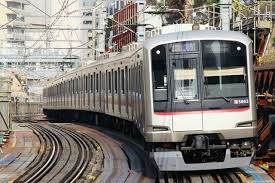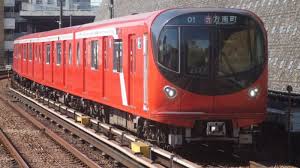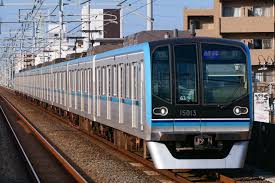How the Tokyo Subway System Affects Real Estate Prices
- FIRST STEP Co,. Ltd.
- May 24
- 3 min read
Updated: May 31

When people think about Tokyo, two things usually come to mind: neon-lit streets and an incredibly efficient subway system. But for those of us in real estate, the subway isn’t just a way to get around—it’s one of the most important factors that shapes property values across the city.
If you're thinking about buying, renting, or investing in Tokyo real estate, understanding how the subway system impacts prices is key.
CONVENIENCE IS KING
Tokyo has one of the most extensive and punctual subway systems in the world. With over 13 lines and more than 280 stations, the subway reaches nearly every corner of the 23 wards. For daily life, that means people can get to work, school, or anywhere else quickly and without needing a car.

Naturally, areas with subway stations nearby—especially those within a 5-minute walk—tend to have higher real estate prices. It’s not uncommon to see noticeable jumps in rent and sale prices the closer a property is to a station.
Example:
A 1LDK apartment in Nakameguro (close to the Hibiya Line) might rent for ¥200,000/month.
The same apartment, 15 minutes away from a station, might go for ¥140,000/month.
NOT ALL LINES ARE CREATED EQUAL
While proximity to a station matters, which line you’re near can make a big difference too.
Premium Lines: Lines like the Marunouchi, Hibiya, and Ginza lines are older, central, and connect directly to major business districts like Shinjuku, Shibuya, and Tokyo Station. Properties along these lines tend to be more expensive.
Commuter Lines: The Tozai or Chuo-Sobu Line tends to carry a lot of commuters from residential areas like Koto, Edogawa, or Nakano into central Tokyo. These areas often see a balance of affordability and convenience.
Private Railways with Through-Service: Lines like the Tokyu Toyoko Line or the Odakyu Line connect suburbs to the Tokyo Metro network. Through-service means a train runs from a private railway directly into a Metro line without transferring. This adds serious value to properties in outer wards or even neighboring prefectures like Kanagawa or Saitama.

THE RIPPLE EFFECT
When a new subway station or line extension opens, real estate prices nearby often rise—sometimes even before the station is completed. Developers and buyers anticipate increased demand, and areas that were once considered too remote suddenly become attractive.
For example, the extension of the Hibiya Line to Toranomon Hills helped boost the profile (and prices) of this previously overlooked part of Minato Ward. We’ve seen similar effects with planned future extensions of the Yurakucho and Hanzomon lines.

THE DOWNSIDE: NOISE AND CROWDING Living next to a major subway station is convenient, but not everyone sees it as a benefit. Properties directly above or adjacent to busy stations can be affected by train noise and heavy foot traffic. This can lower prices slightly, or at least cap how high they can go, especially in luxury residential markets.
Additionally, stations that are too crowded (like Shinjuku or Ikebukuro) might turn off some buyers or renters who want a quieter environment.
So, What Should You Look For?
If you're house-hunting or investing, here’s a quick checklist:
Walking Distance: Ideally within 5–7 minutes to a station.
Line Quality: Is it a direct line to major hubs like Tokyo, Shibuya, or Roppongi?
Future Developments: Are there any planned subway expansions nearby?
Neighborhood Balance: Is the area overly commercial or does it strike a good residential balance?
FINAL THOUGHTS
Tokyo’s subway system is more than just public transport—it’s the backbone of the city’s real estate market. Proximity to a well-connected station can significantly boost a property's value and make everyday life much easier. Whether you're looking for your next home or a smart investment, understanding how the subway shapes the city can give you a real edge.
At First Step Co., Ltd., we know Tokyo like the back of our hand. If you’re curious about how a particular station or line might affect your buying decision, just reach out. We’re always happy to help you find the right place at the right stop.







Comments